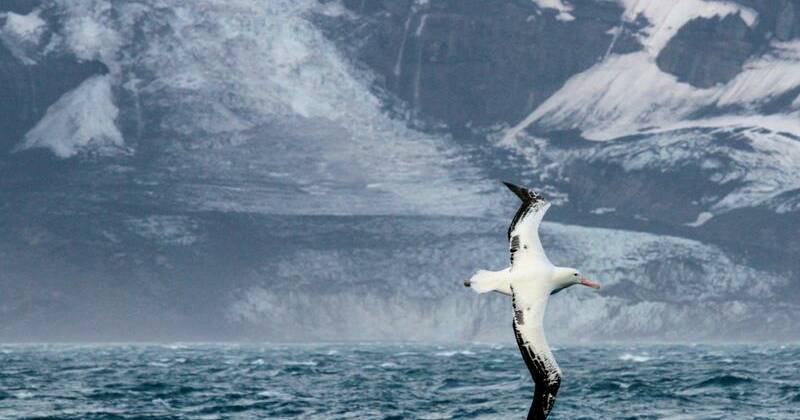
Signs of the H5 avian influenza have been observed for the first time on Australia’s Heard Island in the sub-Antarctic. This discovery has raised alarms among environmental groups and researchers, who are calling for increased surveillance and resources to combat the potential spread of this deadly strain.
Heard Island, a remote and largely untouched territory southwest of Perth, has reported unusual mortality rates among its elephant seal population. While testing is still required to confirm the presence of the H5 strain, the implications are significant. Australia remains the only continent free from this strain, which has already devastated bird populations and marine life, including seals, globally.
Global Spread and Local Concerns
The World Health Organization’s avian flu researcher, Michelle Wille, has expressed concerns over the inevitability of the H5 strain reaching Australia’s mainland. “Given its global spread, it’s not a matter of if, but when,” she stated. The federal government has already pledged over $100 million to bolster bird flu preparedness and response efforts, acknowledging the strain’s potential risks to Australia’s agricultural sectors, unique wildlife, and economy.
Despite these efforts, Carol Booth, policy director at the Invasive Species Council, warns that more investment is necessary. “One of our major concerns when bird flu hits will be that there will be multiple outbreaks, in poultry and the wild,” Dr. Booth commented. “That’s when we’ll really feel the lack of investment in biosecurity and environmental departments. It will be a people issue, a resource issue.”
Impact on Wildlife and Biosecurity Measures
The potential introduction of the H5 strain poses a significant threat to Australia’s native species, already under pressure from invasive predators and pests. Dr. Wille emphasized the need for heightened surveillance across the continent, given its vast size and the numerous ways the virus could arrive.
Heard Island, a World Heritage site, is renowned for its rich biodiversity and minimal invasive species presence, making it a critical area for wildlife. The federal agriculture and environment departments noted that the recent observations were not unexpected, considering the strain’s presence on nearby French islands, Kerguelen and Crozet, located less than 450 kilometers away.
Historical Parallels and Future Preparedness
The current situation on Heard Island draws parallels to past outbreaks of avian influenza that have wreaked havoc across continents. The 2003 H5N1 outbreak, for instance, resulted in the culling of millions of birds and significant economic losses. The lessons learned from these past events underscore the importance of proactive measures and international collaboration in managing such crises.
Looking ahead, experts stress the need for comprehensive strategies that include enhanced surveillance, rapid response capabilities, and public awareness campaigns. The federal government’s current investment is a step in the right direction, but as Dr. Booth and Dr. Wille suggest, continuous evaluation and adaptation of these strategies will be crucial in safeguarding Australia’s unique ecosystems and agricultural interests.
As the situation develops, authorities and researchers remain vigilant, closely monitoring the potential spread of the H5 strain and its implications for the region. The global community watches on, aware that the fight against avian influenza is far from over.





